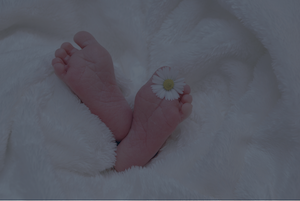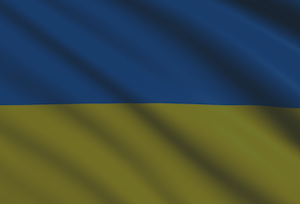ASK THE DOCTOR
DEAR DR. GOTT: In March 2003, at the age of 70, I was diagnosed with Arnold-Chiari type I. I had surgery that year, and the doctor removed a cyst from the base of my brain and used a patch from my head to hold my spine open. The cyst has returned. I am now taking tramadol, Lyrica and ibuprofen because of nerve pain. My doctor retired so I am not seeing anyone now.
DEAR READER: I'll start with the easy answers. First, given your symptoms and conditions, you need to be under the care of a physician, preferably a neurologist. Two of the three medications you are taking are by prescription only, so unless you are acquiring them illegally, I suggest you start with the prescribing physician. He or she should have an understanding of your health history and will be able to guide you in the right direction about further treatment and maintenance.Now, to explain exactly what you are suffering from.Arnold-Chiari malformation is a term used specifically for Chiari malformation type II; therefore, you are considered to have Chiari malformation (CM) type I. This is a condition defined as structural defects in the cerebellum (the portion of the brain that controls balance). Normally, the cerebellum and brainstem sit just above the opening at the base of the skull where the spinal cord and brain connect. In Chiari malformation, the cerebellum and/or brainstem sit below this opening. When this occurs, the pressure that results may affect the functions controlled by that portion of the brain. It may also cause a disruption in the flow of cerebrospinal fluid (CSF) that cushions the brain and spinal cord. There are four types of Chiari malformation, with a fifth under debate. For the sake of space, I will discuss only type I, which is the form you have.Type I is the most common form of CM and may not cause symptoms until adolescence or adulthood, if at all. It may be present from birth, but is also the only form that can be acquired (the result of another condition). Often, it is found during examination for another condition.If symptoms are present, they may include neck pain, balance or vision problems, tinnitus, vomiting, insomnia, muscle weakness, dizziness, difficulty swallowing, hearing loss, paresthesias, depression and headache worsened by straining or coughing. Symptoms may change depending on the pressure caused by built-up CSF.CM is also associated with other conditions, one of which is syringomyelia, a CSF-filled cyst that forms within the central canal of the spinal cord. As it enlarges, the cyst can cause pain and weakness and stiffness of the back, legs, shoulders or arms. I believe this is likely what you are suffering from in regards to your brain cyst.Treatment depends on symptoms. People without symptoms don't need medical intervention. Those with symptoms may benefit from certain medications, such as those for pain. The only way to correct the malformation is surgery, and, in some cases, multiple procedures may be required.You need to be under the care of a neurosurgeon who has experience in treating Chiari malformation. You may also benefit from having your cyst drained again to relieve some of the pressure it is putting on your nerves.To provide related information, I am sending you copies of my Health Reports "Medical Specialists" and "Managing Chronic Pain." Other readers who would like copies should send a self-addressed stamped No. 10 envelope and a $2 check or money order per report to Newsletter, P.O. Box 167, Wickliffe, OH 44092. Be sure to mention the title(s).












